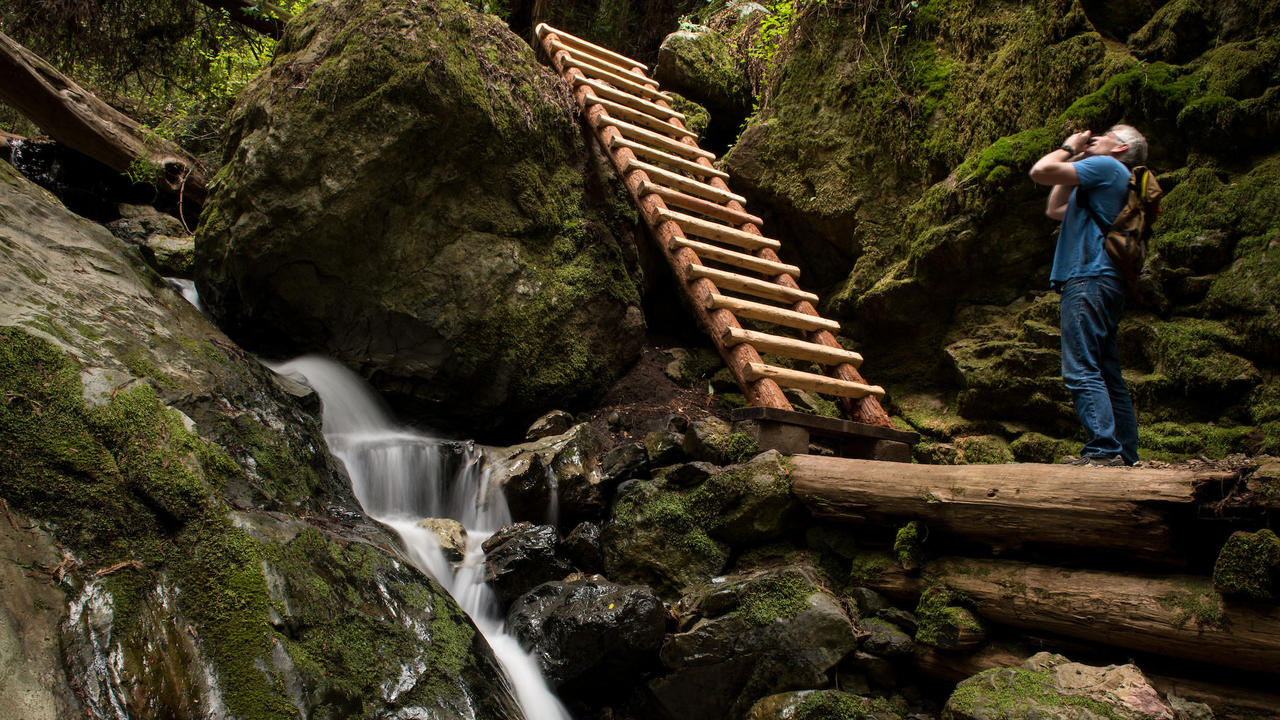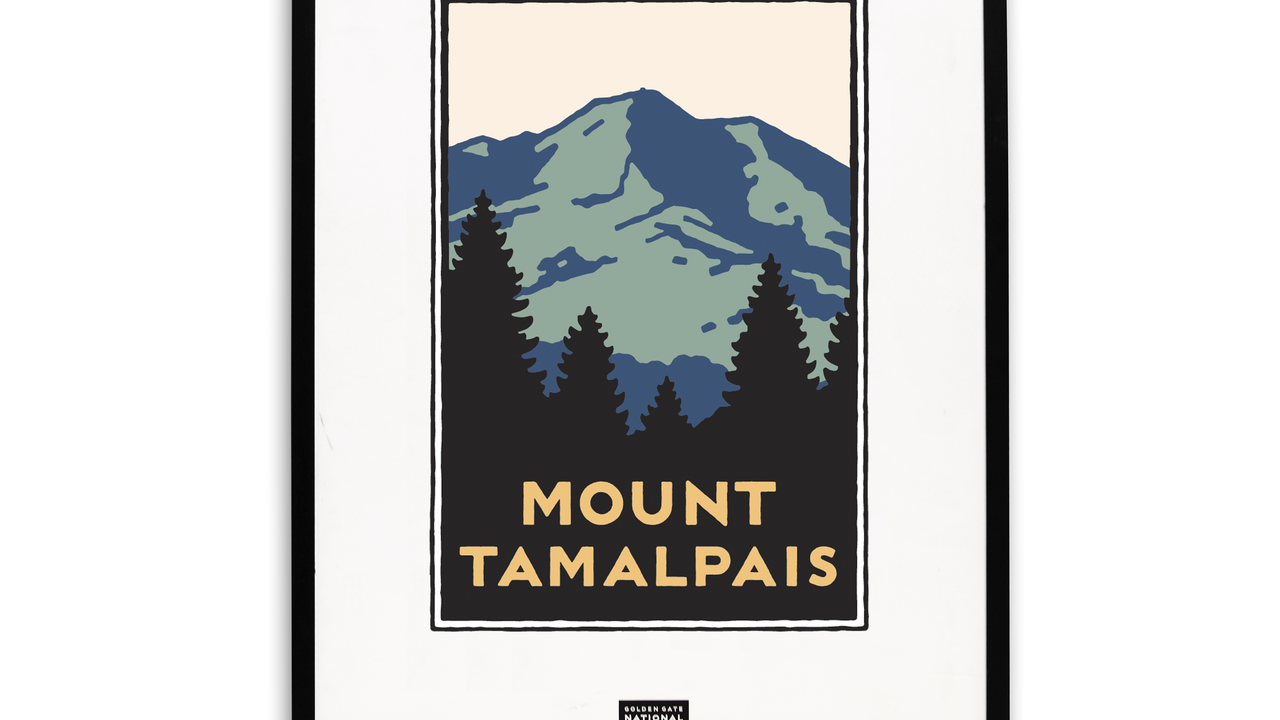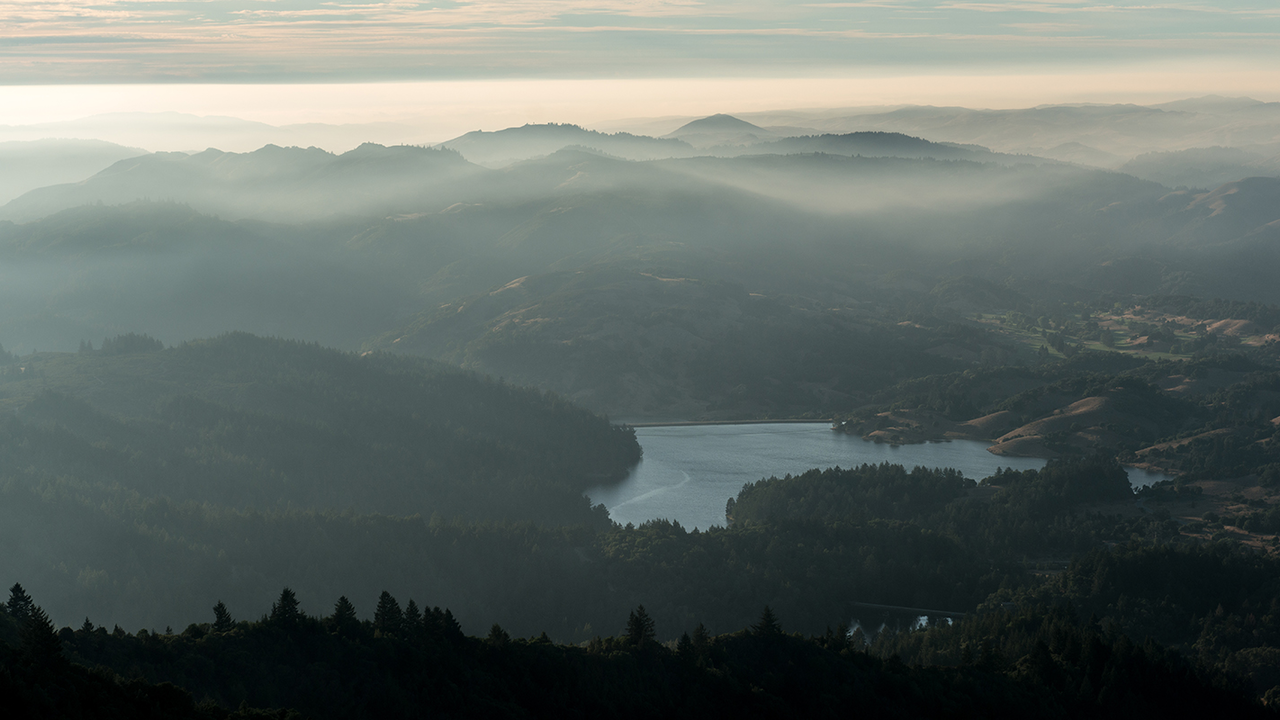Mt. Tam Waterfall Hikes—Our Picks for the Best Falls

Paul Myers / Parks Conservancy
Nothing beats that moment in a hike when you turn a corner to the sights and sounds of a rushing waterfall. February through April are normally the prime months to experience full falls within the Mt. Tamalpais watershed. The waterfall hikes on Mt. Tam traverse lands managed by our One Tam partners—the National Park Service, California State Parks, Marin Municipal Water District, and Marin County Parks.
FIND THE FALLS
If you hike beside any creek on Mt. Tam, you’re bound to stumble upon one or even several waterfalls this time of year. You might even find a waterfall that only a small handful of people know about—an opportunity for a private picnic or peaceful reading spot. We’ve highlighted a few of our favorites, each with their own unique features:
Cataract Falls
The beloved Cataract Falls are a long stretch of both short and tall falls that are sprinkled along the spring-fed Cataract Creek that empties into Alpine Lake. They can be accessed in an out-and-back hike from either Rock Spring Trailhead (5-mile round trip) or Cataract Trailhead on Fairfax-Bolinas Road (0.8-mile round trip).
Bootjack Creek Falls
Pack your tent for a waterfall-themed camping trip at the Bootjack campground. From the campground, you can take Bootjack Trail down towards Muir Woods for about a mile to a cascading waterfall. Or go up toward the Mountain Theater for tiny falls and an outcropping of serpentine (our state rock), Douglas fir, bay laurel, and tanoak.
Steep Ravine Trail
This fern- and moss-laden trail winds down along Webb Creek from the Pantoll ranger station toward Stinson Beach. As if large tumbling falls weren’t enough to look forward to on this hike, the trail also includes a 10-foot wood ladder to climb, enormous ancient redwoods, and several charming bridges.
3 WATERFALL PHOTOGRAPHY TIPS
Paul Myers, Parks Conservancy photographer, shares his secrets for capturing the essence and movement of waterfalls:
- Tripods work. Use a tripod.
- Spend time composing your photo.
- Use extreme shutter speeds and apertures.
KEEP AN EYE OUT FOR
Wildflowers! This time of year, a careful observer could potentially spot blooming milkmaids, trilliums, Calypso orchids, redwood violets, salmonberry, thimbleberry, giant wakerobin, fetid adder’s tongue, Pacific hound’s tongue, and Henderson shooting star. The iNaturalist app can be used to identify wildflowers.




